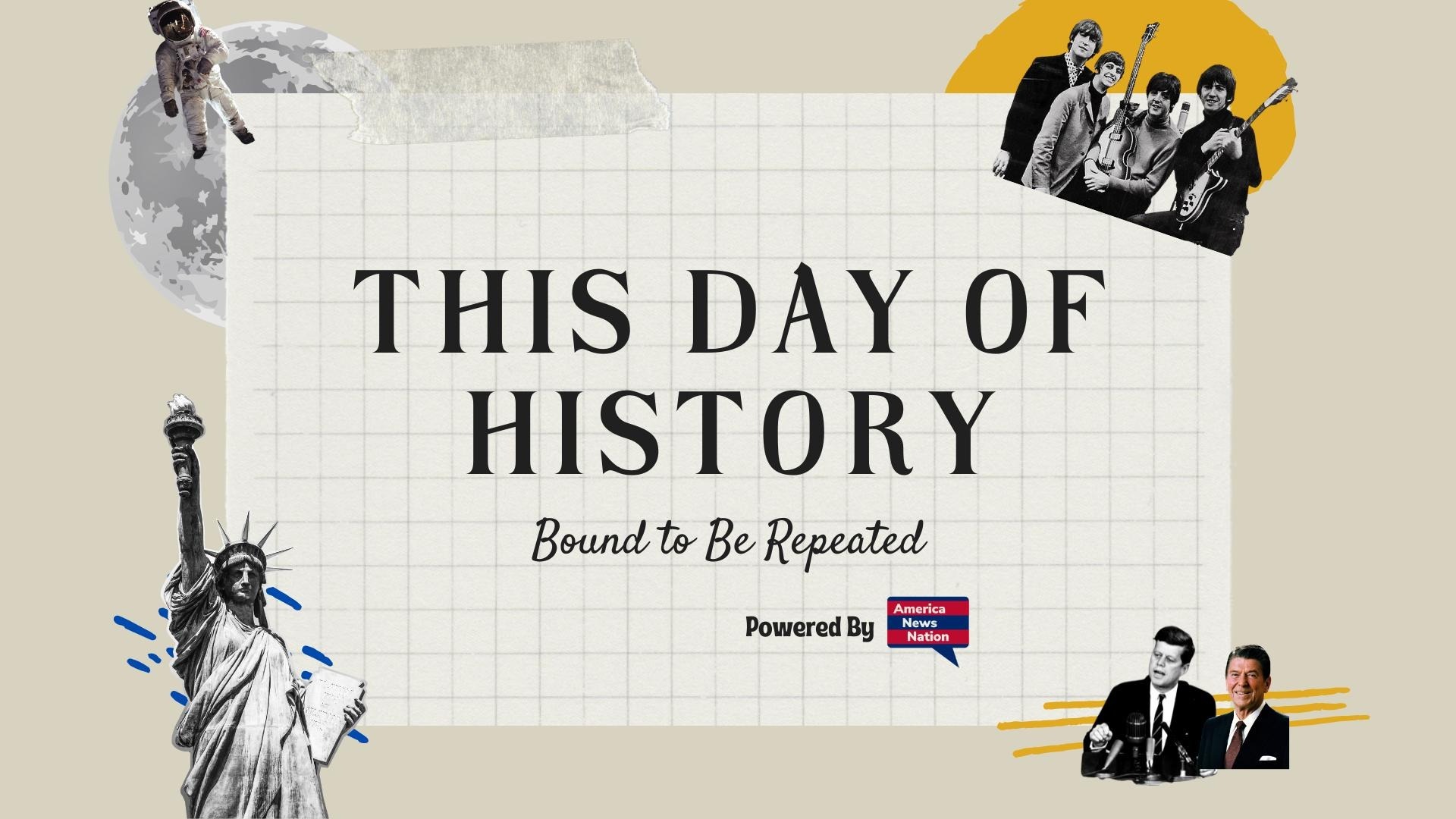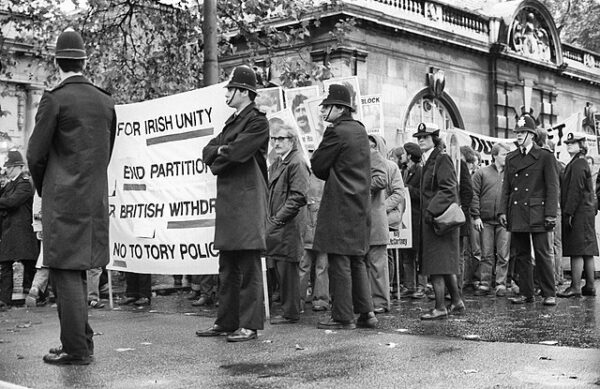On April 10, 1998—Good Friday—leaders from Northern Ireland, alongside the British and Irish governments, signed a landmark peace deal: the Good Friday Agreement (also known as the Belfast Agreement). This historic accord marked a turning point in modern Irish history, offering a comprehensive framework to end nearly thirty years of sectarian violence and laying the foundation for shared governance, disarmament, and constitutional reform.
The conflict—widely known as “The Troubles”—had gripped Northern Ireland since the late 1960s. What began as a civil rights campaign by Northern Irish Catholics protesting systemic discrimination in areas like housing, employment, and voting, spiraled into a violent, protracted conflict. Republican groups like the Irish Republican Army (IRA) sought unification with the Republic of Ireland, while loyalist factions fought to preserve Northern Ireland’s status within the United Kingdom. British forces, often caught in the crossfire, became active participants in the conflict. Over 3,500 lives were lost, and tens of thousands were wounded, with lasting psychological, economic, and societal impacts.
Previous peace efforts had repeatedly failed. The 1973 Sunningdale Agreement, which introduced the concept of power-sharing, collapsed due to unionist opposition. The 1985 Anglo-Irish Agreement further deepened mistrust between communities. Yet by the 1990s, a series of shifts—growing public fatigue with violence, changing demographics, and discreet diplomatic efforts—created new opportunities for dialogue. Moderate nationalist and unionist parties, such as John Hume’s Social Democratic and Labour Party (SDLP) and David Trimble’s Ulster Unionist Party (UUP), began to lead the conversation. Sinn Féin gained political traction, and the IRA’s 1994 ceasefire signaled a willingness to explore peaceful solutions.
International involvement proved critical. In 1995, U.S. President Bill Clinton appointed former Senator George Mitchell as a special envoy to Northern Ireland. Mitchell’s balanced and persistent leadership was instrumental in facilitating multiparty negotiations involving Sinn Féin (following initial delays), the UUP, SDLP, the Alliance Party, and loyalist representatives. Both the Irish and British governments—under Taoiseach Bertie Ahern and Prime Minister Tony Blair—also dedicated substantial political will to the peace process.
After nearly two years of intense negotiation—punctuated by walkouts, high-stakes brinkmanship, and sporadic violence—a deal was reached. The Good Friday Agreement consisted of two main strands: one focused on internal governance in Northern Ireland and another on cross-border cooperation and broader UK-Ireland relations. It called for the creation of a devolved Northern Ireland Assembly based on power-sharing principles, a North/South Ministerial Council to facilitate collaboration between Northern Ireland and the Republic, and a British–Irish Council to promote cooperation across the UK and Ireland.
A central feature of the agreement was the principle of consent: Northern Ireland would remain part of the UK unless its people decided otherwise through a democratic vote. It acknowledged the legitimacy of both British and Irish identities, allowing individuals to claim either or both citizenships. The deal also committed all signatories to peaceful political means and included measures for police reform, the release of political prisoners, and the decommissioning of weapons held by paramilitary groups.
While implementation faced early challenges—including disputes over disarmament and temporary suspensions of the Assembly—the agreement held. In May 1998, voters across Ireland approved the deal in referenda: 71% in Northern Ireland and an overwhelming 94% in the Republic supported it.
Though the agreement did not completely eliminate sectarianism or occasional violence, it ushered in a dramatically different era—one marked by dialogue, power-sharing, and relative peace. Today, more than 25 years later, the Good Friday Agreement is viewed globally as a successful model for conflict resolution. It remains a powerful example of how persistent negotiation and compromise can overcome even the most entrenched divisions.






